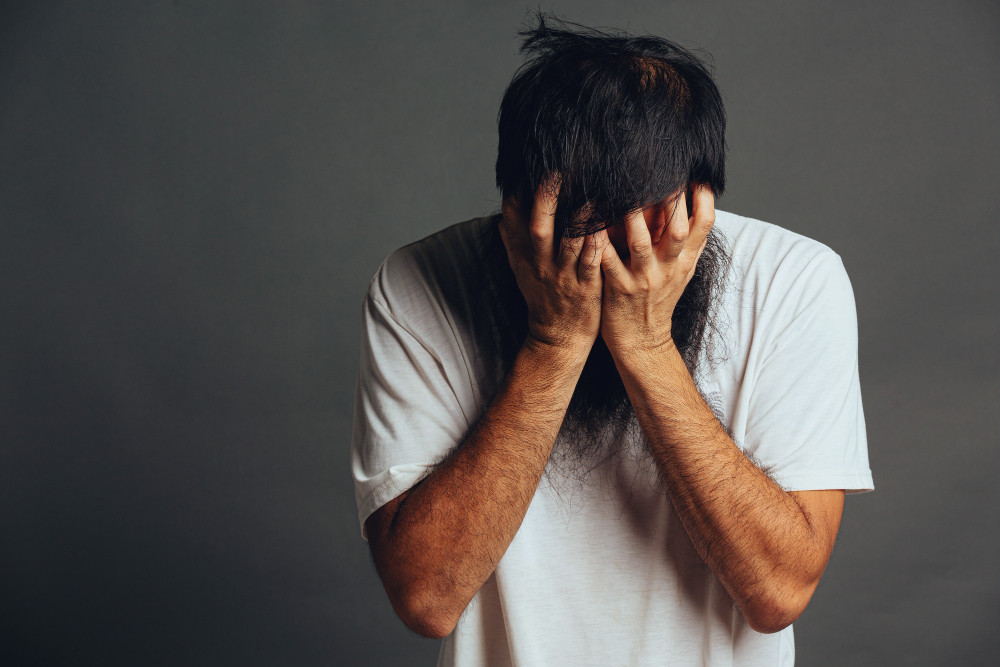Hoarding disorder is a mental health condition in which a person has difficulty discarding or letting go of items, regardless of their value. This condition results in an excessive and disorganized collection of items. Living spaces become cramped, crowded, and cluttered.
How hoarding disorder differs from collecting objects
Hoarding disorder differs from collecting objects. The storage of items in hoarding disorder frequently lacks value or use. People with hoarding disorder may develop emotional attachments to random items.
Collectors, on the other hand, typically choose specific items that hold sentimental, historical, or aesthetic value. Collected items are usually stored in an organized manner and are often displayed neatly in a closet or a dedicated space.
Recognizing the symptoms of hoarding disorder.
People with hoarding disorder typically exhibit specific signs and symptoms, which include:
- Difficulty letting go of items, even if they have no value or purpose.
- Excessive and uncontrollable accumulation of items frequently renders living spaces full and unusable for their intended purpose.
- Frequently experiencing anxiety or excessive stress when having to let go or dispose of items.
- Excessive spending on items that are not necessary or cannot be used.
How to treat hoarding disorder
Hoarding disorder is treatable, but it requires time and consistent effort. Treatment is typically aimed at minimizing symptoms and assisting the individual in leading a healthier and more fulfilling life. Here are some of the primary approaches to treating hoarding disorder:
Cognitive-behavioral therapy
Cognitive-behavioral therapy (CBT) is by far the most popular and effective method for treating hoarding disorder. This therapy has several benefits, including:
- Helping identify triggers for hoarding disorder.
- Helping resist the urge to acquire more items.
- Helping organize and categorize possessions, including decisions on whether to keep, donate, or discard items.
- Teaching better decision-making skills for possessions.
- Dealing with clutter in the home.
- Reducing social isolation and looking for ways to support recovery.
- Providing compelling reasons for change and increasing commitment to the healing process.
Medical treatment
Some medications, such as antidepressants and anti-anxiety medications, may assist with managing hoarding disorder symptoms, particularly when there are other underlying mental health issues. To ensure safety and efficacy, use these medications under the supervision of a doctor.
Support from family and friends
Family and friends play an important role in the treatment of hoarding disorder. They can help by being present and offering nonjudgmental support, as well as encouraging others to seek professional help.
Treating hoarding disorder is difficult but not impossible. Many people have overcome it with consistent treatment and proper support. So, if you notice signs of hoarding disorder, do not hesitate to seek professional help.
If you need medical advice or consultation, you can either visit a doctor or make use of the consultation features that are available in the Ai Care application by downloading the Ai Care application from the App Store or Play Store.
Want to know information about other diseases? Click here!
- dr Nadia Opmalina
Cleveland Clinic (2022). Hoarding Disorder. Available from: https://my.clevelandclinic.org/health/diseases/17682-hoarding-disorder
Mind.org (2022). Hoarding. Available from: https://www.mind.org.uk/information-support/types-of-mental-health-problems/hoarding/causes-of-hoarding/
Mayo Clinic (2023). Hoarding disorder. Available from: https://www.mayoclinic.org/diseases-conditions/hoarding-disorder/symptoms-causes/syc-20356056
Kirsten Weir (2020). Treating people with hoarding disorder. Available from: https://www.apa.org/monitor/2020/04/ce-corner-hoarding
Health Direct (2024). Hoarding disorder. Available from: https://www.healthdirect.gov.au/hoarding-disorder












